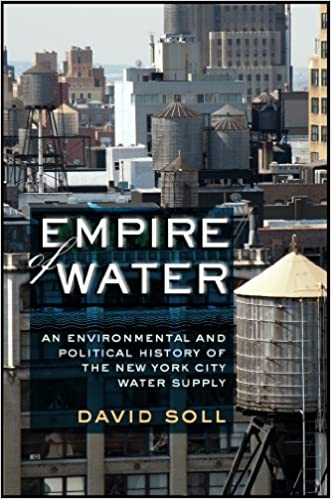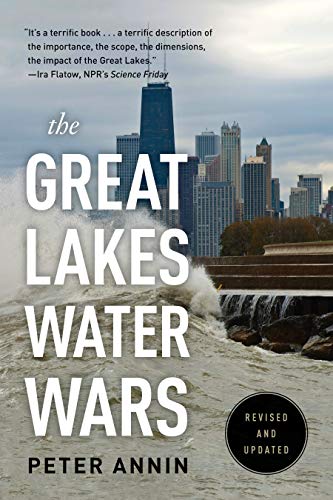
March 10, 2011Permit Systems Entrench Large Water UsersDan Tarlock's paper on Water Law’s Climate Disruption Adaptation Potential, prepared for the upcoming Research Roundtable on Climate Change, Adaptation, and Environmental Law, at Northwestern Law's Searle Center, April 7, 2011—April 18, 2011, has just been posted online. The paper raises pertinent issues for the discussion going on in New York now about the proposed legislation to issue water withdrawal permits to large private water users. This legislation would move New York from a riparian rights system to a regulated riparian system of water rights law. The paper points out that while permits in regulated riparian systems are not perpetual as they are under prior appropriation systems in the Western United States, they are still "hard to dislodge . . . even though the law permits the reassignment of rights." The paper describes the role permits played in Georgia’s law making responses to a severe drought and notes that, "[t]he reality is that the permit system entrenches large withdrawals." The paper begins with a discussion of how Global Climate Change (GCC) will alter many of the fundamental hydrologic assumptions upon which water allocation, water pollution control and aquatic ecosystem conservation are based, and says this will stress both the laws of prior appropriation and riparian rights. Prof. Tarlock notes that the assumption that regional water balances will remain relatively constant or stationary over time is no longer viable, and says this will create conflicts between present right holders and future claimants and between consumptive and non-consumptive, especially environmental, uses. "The hard question," he says, "is how the law and those charged with applying it and managing water within its framework should react to this new, even more, uncertain world." The paper states that water law has always provided users clear notice of the risks of a reduction in the amount of water to which they will be entitled:
After an excellent discussion of riparian rights, prior appropriation and regulated riparianism, the paper points out that there is a large disconnect between the theory and reality. First, Prof. Tarlock says, "water law, like all property, is designed to provide secure rights, but security creates the expectation of the perpetual maintenance of the status quo. Thus, there will always be resistence to forward adaptive planning. Change is not only surprising, but any change that reduces that amount of water previously available is potentially unconstitutional." Second, he says, the “illusion” of perpetual security has been nourished by the federal government and states such as California which have invested millions of dollars in tax revenues and bond sales to construct the necessary carry-over storage to avoid disruptive calls. Third, he says, "junior users often have put water to high valued uses compared to senior right holders. These junior users have every incentive to push back politically and legally when disruptive calls are threatened. In short, the continued protection of existing rights is potentially inconsistent with the proposed adaptation strategies which counsel increased flexibility in responding to change, the greater recognition of the risks of supply interruption, more cooperation among all users from small watersheds to large regions, and real time water use management." The paper concludes with two examples showing that existing users will resist the consequences of any curtailment of withdrawals in both riparian and appropriative states. The first example is the one most relevant to the proposed move in New York from a riparian rights system to a regulated riparian system. The example comes from Georgia, a regulated riparian jurisdiction, and illustrates how the introduction of a permit system can promote adaptation but may also impede it. The paper points out that while permits in regulated riparian systems are not perpetual as they are in the West, they are still "hard to dislodge . . . even though the law permits the reassignment of rights." The paper describes the role permits played in Georgia’s law making responses to a severe drought and notes that, "[t]he reality is that the permit system entrenches large withdrawals."
Posted by Rachel Treichler at 03/10/11 11:00 AM
Copyright 2021, Rachel Treichler
|
|






